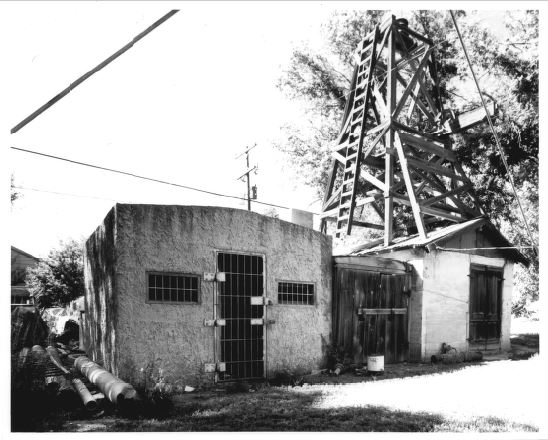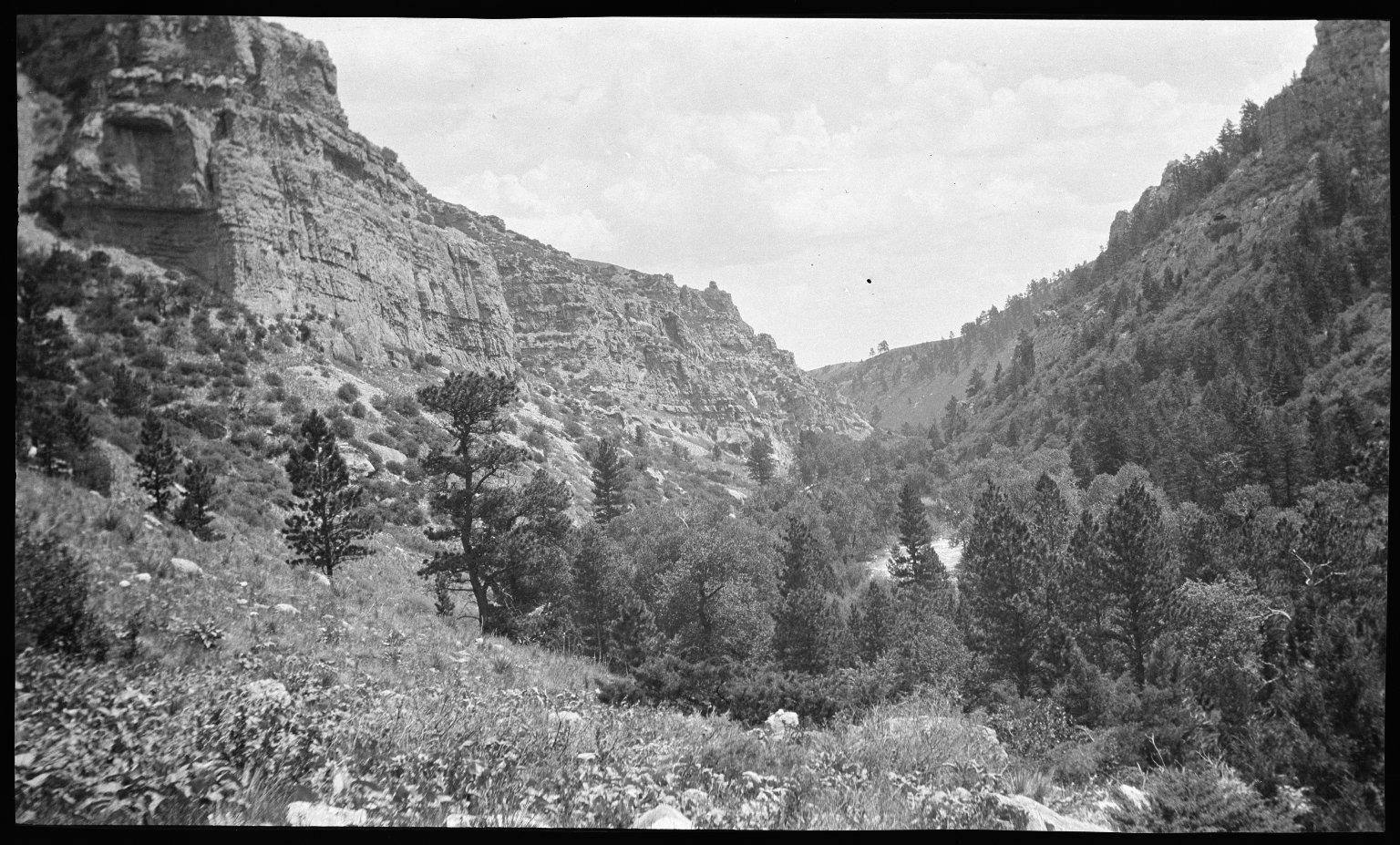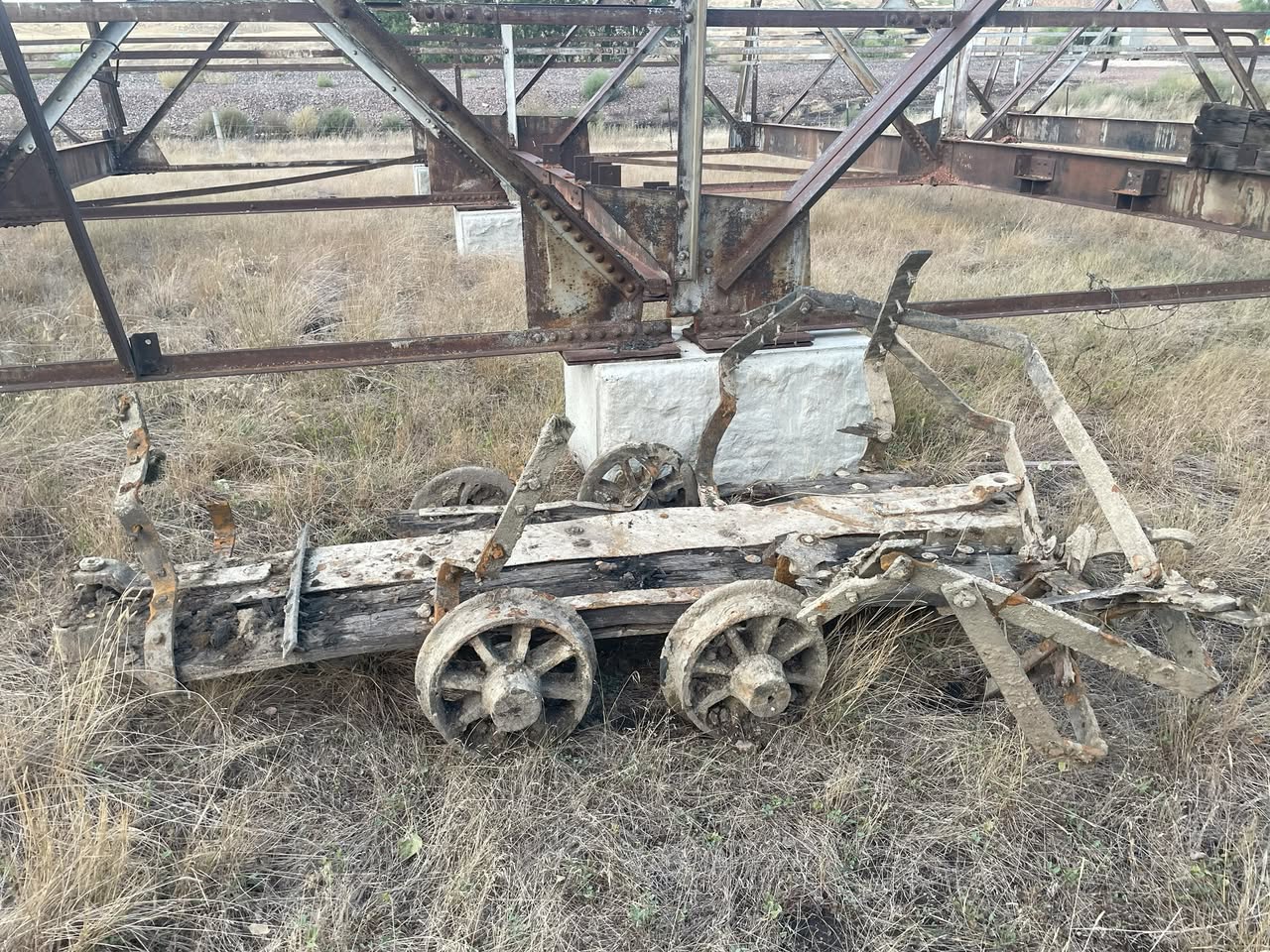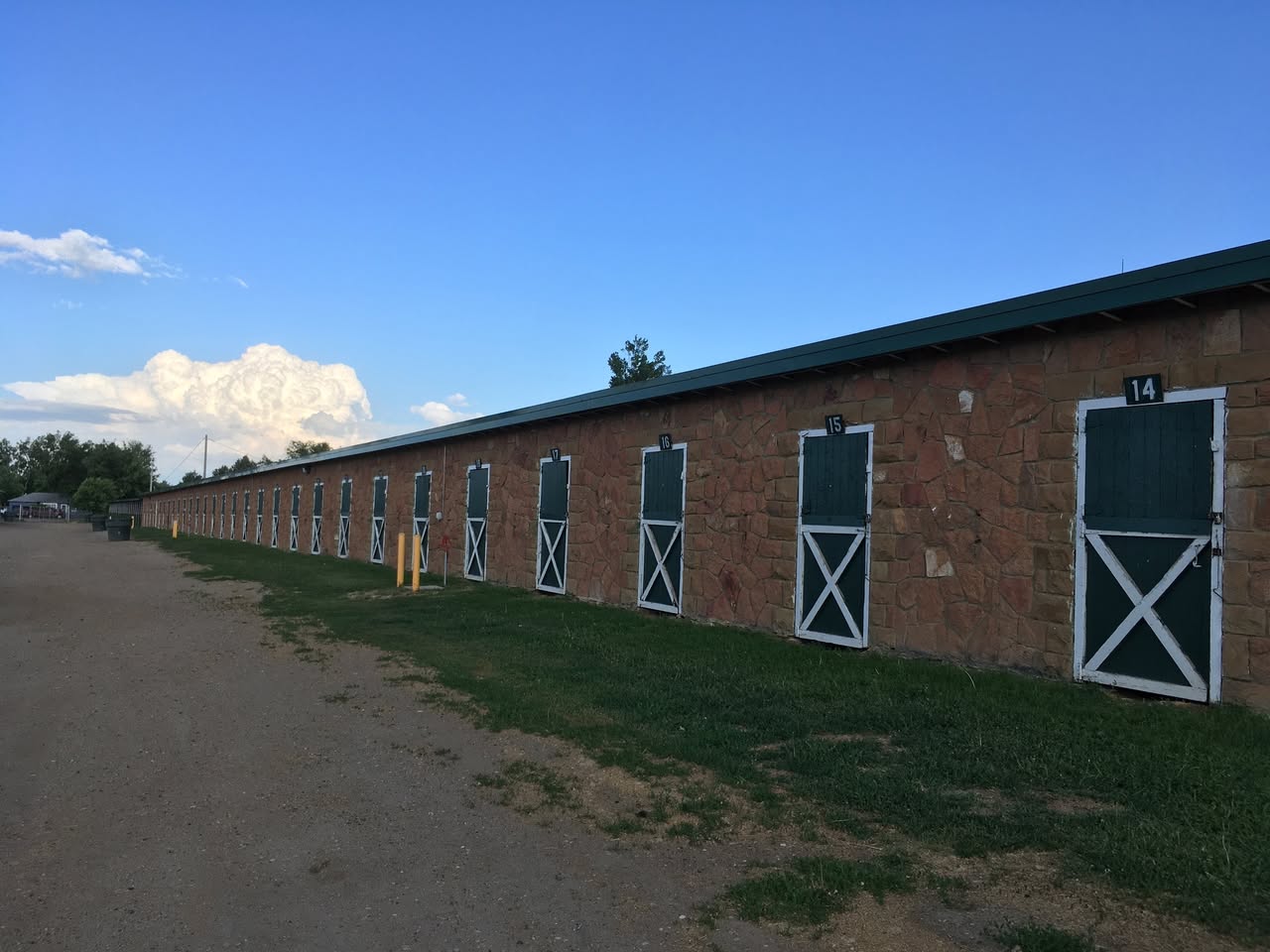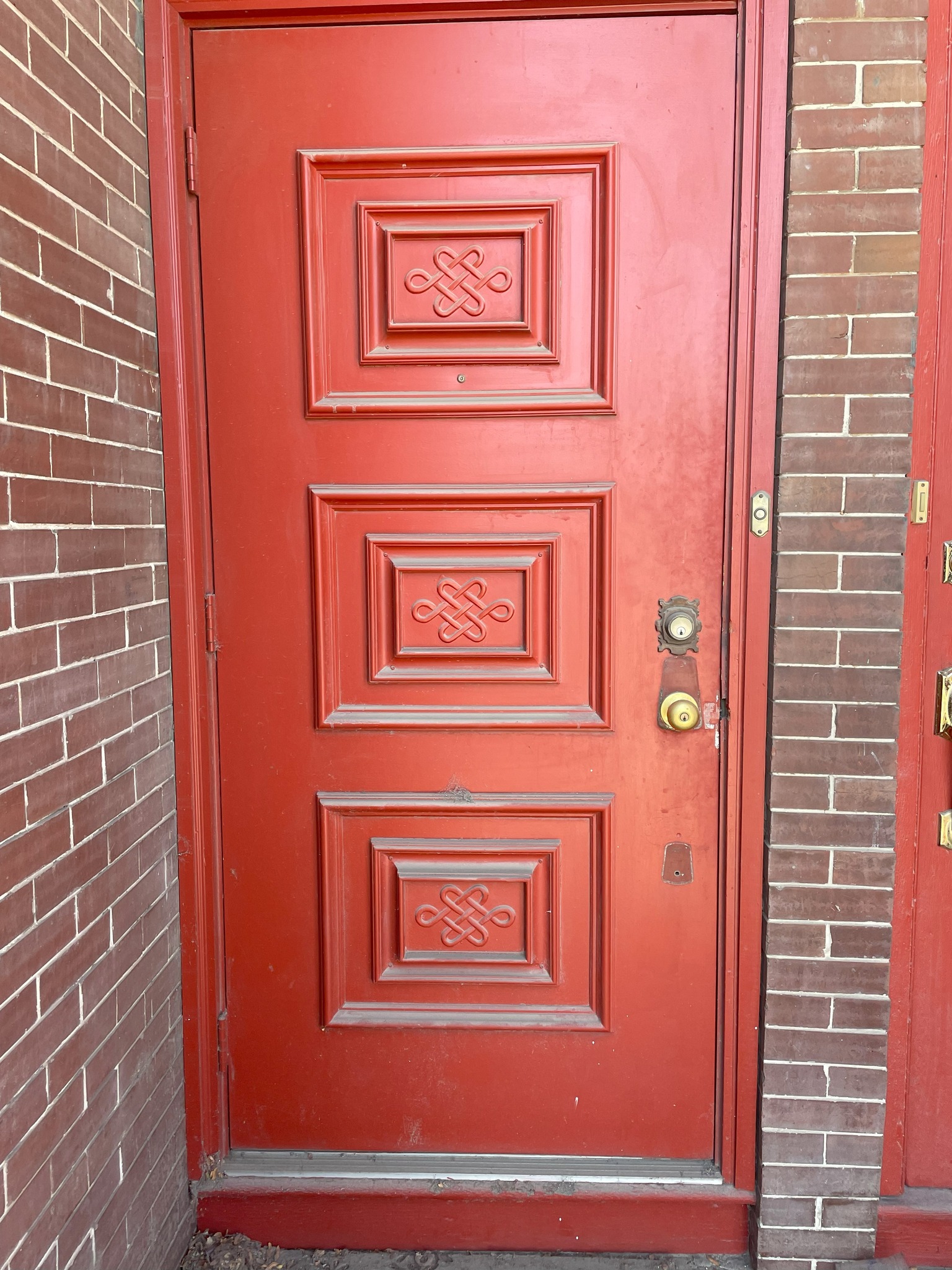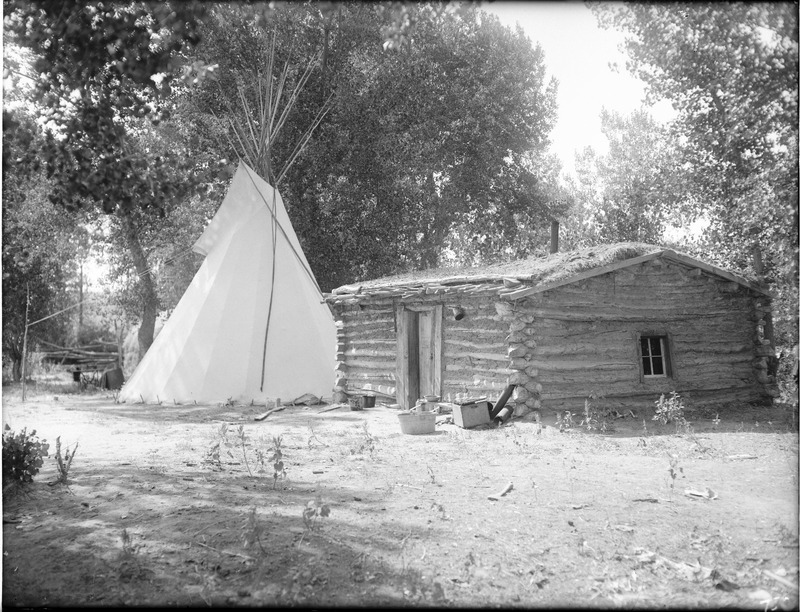
On this #TBT, we focus on a pioneering photographer who documented the early days of the Crow Reservation.
In 1868, the Crow sold around 30 million acres of their 1851 territory and agreed to live in a reservation. The reservation is in parts of Big Horn, Yellowstone, and Treasure counties in southern Montana. Previously, though, the Crow were in constant conflict with enemy tribes to maintain control of a vast area of the plains they had dominated throughout the 18th and 19th centuries, the era of the fur trade. The area now known as Sheridan County was the heart of this territory.
Thanks to the work of one photographer, we have an intimate look at the lives of the first few generations of Crow Indians to face the choices presented by reservation life.
Born in Marengo, Washington in 1882, Richard Throssel was of Canadian Cree, Scottish and English Heritage. He moved to the Crow Reservation in 1902 to join his brother as a clerk in the Indian Service office.
Throssel was an aspiring photographer and was influenced by several of the artists he met on the reservation, such as painter Joseph Henry Sharp and photographer Edward S. Curtis. However, unlike these other artists, Throssel was adopted into the Crow tribe in 1906.
Over the next five years, he took over 1,000 photos of Crow Indian life, many of them to document the tribe he was now a part of, but also as part of his work with the Indian Service, and for use in commercial exhibitions.
His work is unique in that it captures candid moments an outsider wouldn’t have been able to. Also, it documents a period of quick transition as tipis gave way to homesteads, and traditional activities were fading in importance for Crow youth. Additionally, he was a truly gifted artist who successfully imparted a sense of wonder through his images.
In 1911, he moved to Billings, Montana and opened his own studio, the Throssel Photocraft Company. He continued to photograph tribal life, spending time on the Northern Cheyenne reservation. He also created quite a bit of documentation of daily life in Billings.
In 1917, after a successful career as an artist, Throssel was twice elected Yellowstone County’s representative to the Montana Legislature. He continued his photography until his death in 1933.

